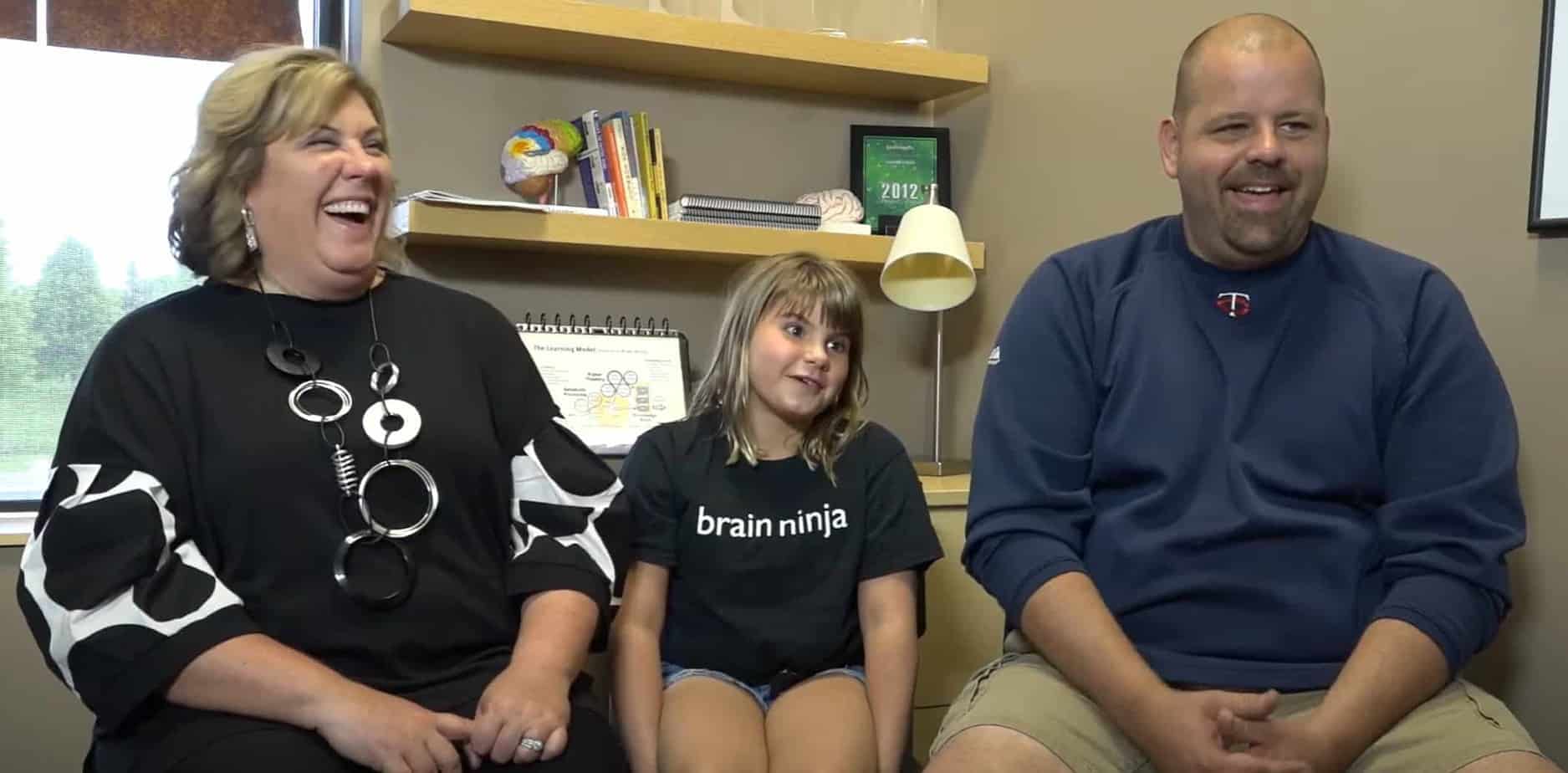How Autism Presents Differently in Boys vs. Girls
Autism spectrum disorder (ASD) is a developmental disorder that affects communication, social interaction, and behavior. It is estimated that one in every 44 children in the United States is diagnosed with ASD, and the condition is known to affect boys more often than girls. However, recent research has shown that autism presents differently in boys and girls, and that girls may be underdiagnosed because of these differences. In this blog, we will explore how autism presents differently in boys and girls.
Autism Difference in Social Interaction
One of the key differences in how autism presents in boys and girls is in social interaction. Boys with ASD often struggle with social interaction from an early age, finding it difficult to make friends, engage in conversation, or understand social cues.
Girls, on the other hand, may be more adept at masking their social difficulties. They may use imitation, memorization, and observation to learn social skills. Over time, this can be exhausting and lead to social burnout. Girls with autism may also have fewer interests that are considered “stereotypical” for kids with autism, making them less likely to be identified as having ASD.
Gender Differences in Communication
Another area where autism presents differently in boys and girls is in communication. Boys with ASD often have delayed speech development, difficulty understanding language, and a tendency to engage in repetitive or unusual speech patterns.
Girls with autism, however, may have a better vocabulary and more advanced language skills, but struggle with using language in a social context. They may have difficulty with pragmatic language skills, such as understanding sarcasm, taking turns in conversation, or using appropriate tone of voice.
Sensory Processing Variations
Sensory processing is another area where autism presents differently in boys and girls. Many children with ASD have sensory processing difficulties, including sensitivity to light, sound, touch, and taste. Boys with autism may be more likely to seek out sensory experiences, such as spinning, jumping, or flapping their hands. Girls may be more likely to avoid sensory experiences, such as certain fabrics or textures. Girls with autism may also be more prone to anxiety or other mental health conditions as a result of sensory overload.
Diagnosis and Treatment of Autism in Boys vs. Girls
Because autism presents differently in boys and girls, there is a risk that girls may be underdiagnosed or misdiagnosed. Girls may be more likely to receive a diagnosis of anxiety, depression, or other mental health conditions before being diagnosed with autism. This can delay access to appropriate interventions and support.
Every Individual With Autism Is Unique
It is important to note that autism presents differently in every individual, regardless of gender. However, understanding these differences can help you recognize the signs of autism in girls, and provide appropriate support and interventions. Early diagnosis and intervention can improve outcomes for children with autism, regardless of their gender.
If you’re concerned about your child’s cognitive, social, and language development, it’s always a good idea to dig a little deeper. At LearningRx, we do not diagnose or treat ASD. However, we have worked with many individuals on the autism spectrum with great success. The brain is an amazing organ that is capable of growing and changing, no matter your age or other diagnoses. We target the key cognitive skills your brain uses for:
- Learning
- Reading & writing
- Socializing
- Focus & concentration
- Memorization
- Mental processing
- And more!
Building these skills has helped individuals with autism grow their thinking and learning abilities by +3.2 years on average. This increase goes a long way to help them grow in confidence and improve their performance in many areas of life.
Click here to learn more about brain training for individuals on the autism spectrum!
These are results from past clients. You or your child may or may not experience the same outcomes. We do not diagnose or treat ASD, but our training has been beneficial for many families with an autism diagnosis.







